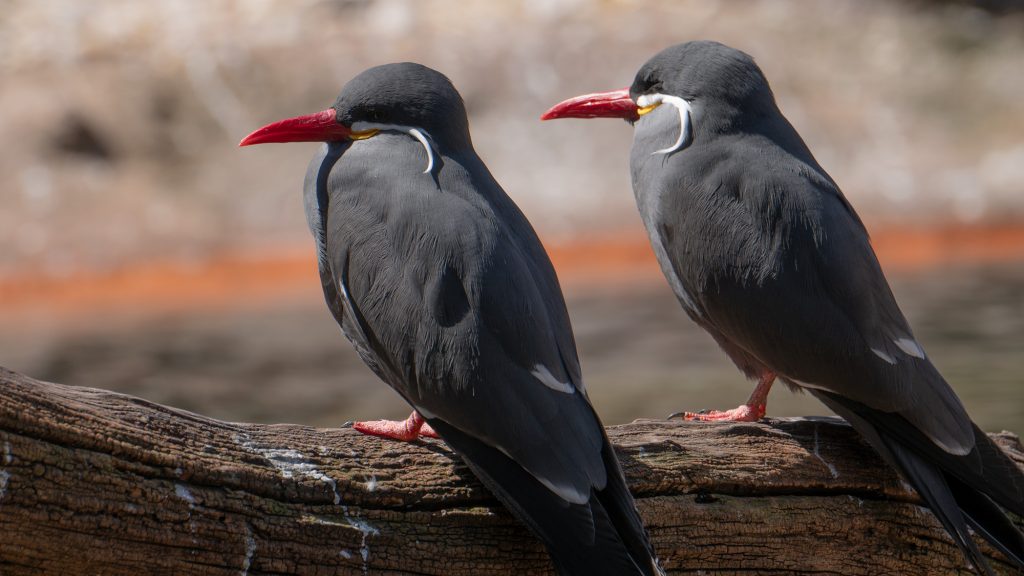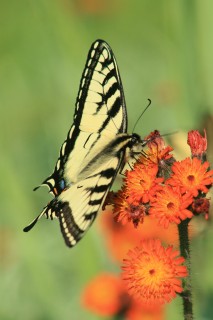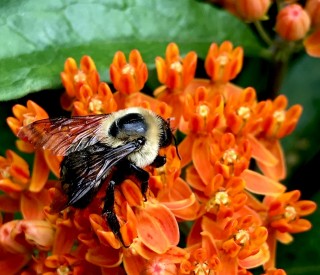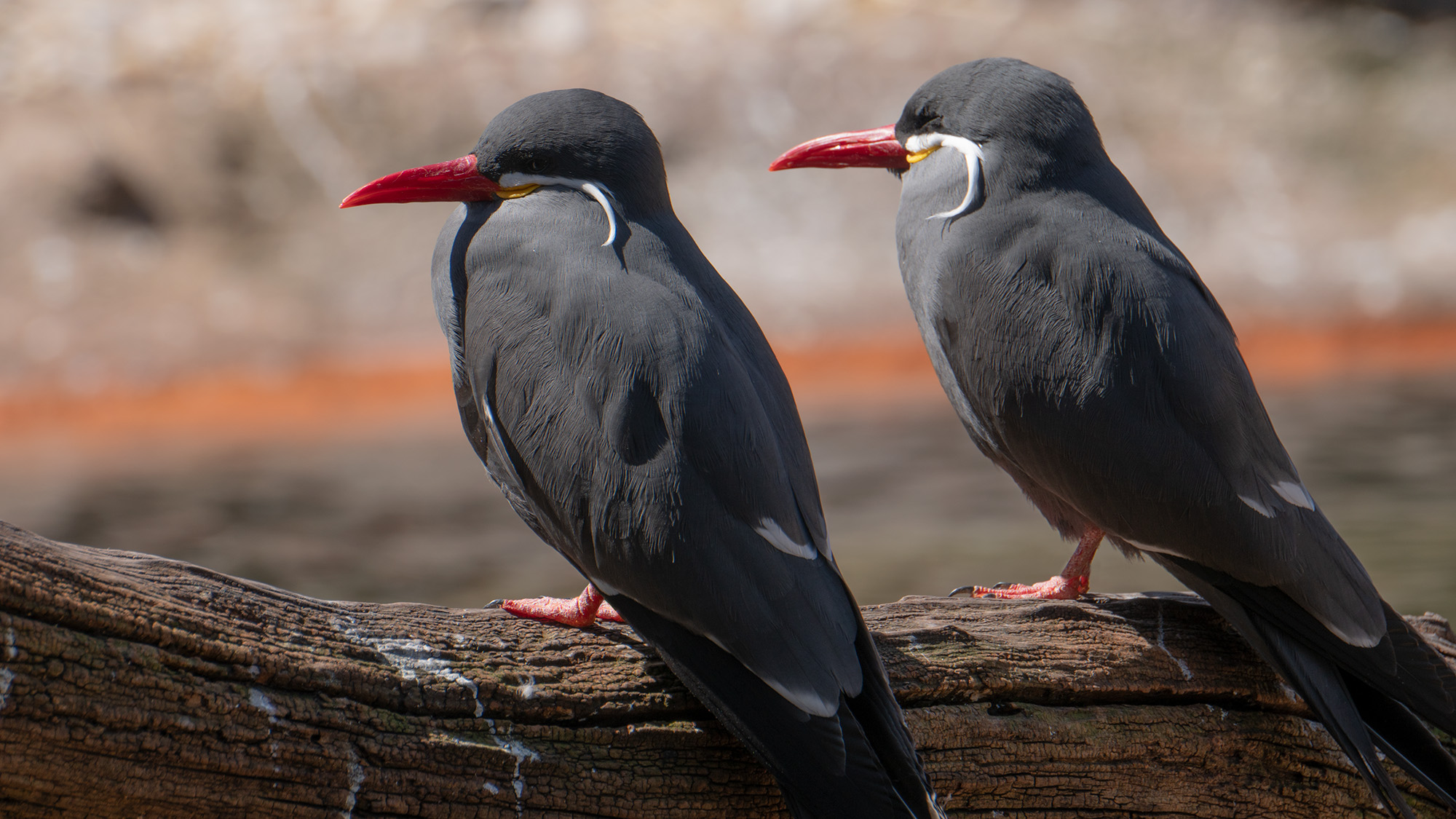
May 5, 2022
It’s a Seabird Spring
- as seen by -
 John N. Mastroberardino
John N. Mastroberardino
The days are getting longer and warmer as springtime arrives at the Wildlife Conservation Society’s Bronx Zoo. It might be a relief for us humans, but to our colony of 40-plus Inca terns (Larosterna inca), it’s just another day in the Sea Bird Aviary; they stay out year-round.
These handsomely mustached birds are native to the Pacific coast of South America, where they nest in colonies of thousands. Their mustaches are small tufts of feathers signifying maturity and reproductive health. Males use tactics such as high flight maneuvers to attract females, and a newly formed couple will scout out a nesting site among the cliffs in the fissures, crevices, burrows, and other small, cave-like structures. It’s crucial that the birds find the ideal spot – Inca terns tend to return to the same site for several years.
Inca terns are listed as Near Threatened by the IUCN Red List of Threatened Species. Pollution and overfishing have played a significant role in the species’ population decline.
You can see these birds take flight within the Sea Bird Aviary at the Bronx Zoo, which is located right outside the Aquatic Bird House at the zoo. Look for the Inca terns inside the small fissures and caves found throughout the exhibit. If you’re lucky, you might even catch a few of them diving down towards the water to snatch small fish. Keep your ears open as well. These birds tend to make calls that sound like cackling laughter.
Sony A6300




Leave a Comment